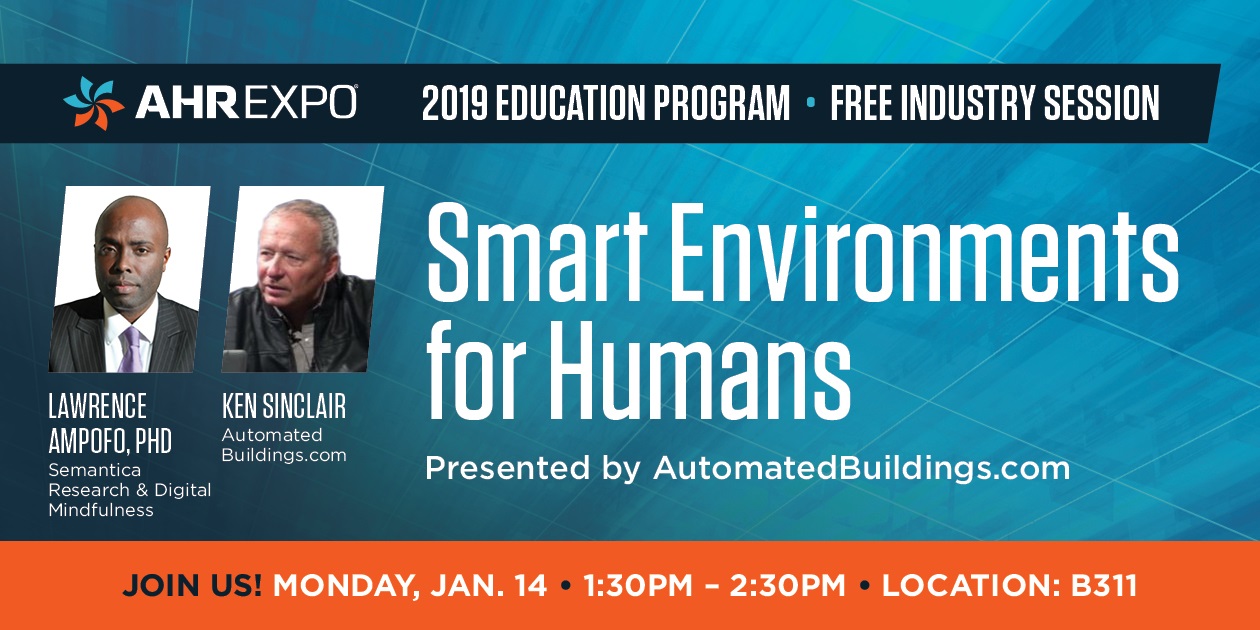Creating Digitally Mindful Spaces
The possibilities of meaningfully
integrating digitally mindful
experiences into our lives.

Dr. Lawrence Ampofo
Director & Founder
Digital Mindfulness
|
January 2019 |
[an error occurred while processing this directive] |
|
Creating Digitally Mindful Spaces The possibilities of meaningfully
integrating digitally mindful
experiences into our lives. |
 Dr. Lawrence Ampofo Director & Founder Digital Mindfulness |
| Articles |
| Interviews |
| Releases |
| New Products |
| Reviews |
| [an error occurred while processing this directive] |
| Editorial |
| Events |
| Sponsors |
| Site Search |
| Newsletters |
| [an error occurred while processing this directive] |
| Archives |
| Past Issues |
| Home |
| Editors |
| eDucation |
| [an error occurred while processing this directive] |
| Training |
| Links |
| Software |
| Subscribe |
| [an error occurred while processing this directive] |
Digital
technologies have transformed the ways people interact with spaces, as
increasingly sophisticated new technologies and emergent thinking
explore the possibilities of meaningfully integrating digitally mindful
experiences into our lives. The long-standing belief from digital
leaders has focused on designers adopting a customer-centric model
of experience design. However, what if technology, and
technology-enabled spaces adapted to people and were designed in
response to individual human behaviours? As we 2019 is now upon us,
experts are now meaningfully integrating this model to the creation of
smart buildings. Together with the widespread adoption of core
technologies such as Augmented Reality, 5G, and the Smart Workplace, we can see growing evidence of
the charge towards digitally mindful buildings.
Conceptualising how we spend our moment-to-moment interactions with
digitally-mediated spaces, we can envision a host of ill-timed
notifications, multiple devices, and buildings designed to get as many
people as possible. Such an environment is chaotic and cluttered with
competing technologies vying for our attention. This situation is
tangential to digital experiences that respect human attention, and
de-prioritise persuasive digital experiences that optimise for ‘time
spent,’ is gathering importance in the wider public zeitgeist.
Indeed, business leaders are acutely aware that as the gap between
human experience and technology solutions shrinks, designing for
individual human behaviours not only improves the quality of that
experience but also gives businesses a competitive advantage in
productising effective digital solutions. This approach to building
design denotes a move from personalised experiences to partnerships.
This is what we think of when we describe the digitally mindful design.
The motivations for integrating this conceptual approach into the
design of digitised spaces are myriad, driven by a range of
socio-technological factors that together spawn innumerable
opportunities for innovation and value creation. From calm design to
sophisticated haptic communications, to interoperable mindful
technologies in the workplace, digitally mindful buildings are set to
meaningfully enhance the human experience across a multitude of digital
touchpoints. They are now not just ‘nice-to-haves,’ they’re essential
modern building design.
Examples of digitally mindful buildings abound, such as the efforts by
WeWork to design its spaces using algorithms and technology to
facilitate meaningful human connection - particularly related to “what they call ‘circulation space.’
That
circulation can ‘help guide and divide the energy of the floor, keeping
raucous lounge get-togethers distinct from the more subdued private
call booths or conference rooms, says Hilburg...Not only is the initial
planning of WeWork’s office space highly digitized and analytical, but
it is also under continuous review based on tenant feedback...New
design strategies at the head office then trickle down to other sites
as they are built or redesigned, it works like ‘software updates’”.
The digitally mindful design is therefore important because as we
design buildings and spaces to be connected environments, they can
simultaneously be designed to be calm and non-interruptive spaces where
people ultimately do their best work.
Designing these calm environments also points towards a higher purpose
for connected buildings; as spaces that actively contribute to human
wellness, productivity, and collaboration. Today, most buildings
operate at a machine level. But with the approaches discussed above,
what would the human relationship to buildings be like if technology
and data were used to help the building operate at a more human level?
The technologies and design principles we have at our disposal today
mean that not only can we use sensors and data to gain insight on
people at scale, but we can also design experiences that operate in the
background, away from the attention field of humans.
“The most profound technologies are
those that disappear. They weave themselves into the fabric of everyday
life until they are indistinguishable from it” — Marc Weiser.
[an error occurred while processing this directive]Software
and IoT are fundamentally changing how people interact with technology
and spaces. Humans are increasingly less likely to be hunched in front
of our computer screens and expect to access computers wherever they
are, and for those digital experiences to be ambient, non-interruptive
and powerful.
The benefits of a digitally mindful approach to digitising buildings
are numerous. Smart buildings that are more adaptive, responsive, and
aligned to the goals and actions taken by customers and employees alike
will address the core needs of these two important stakeholders. With
more data on the ways people interact with technology, coupled with a
market opportunity topping $1tn, businesses are now reshaping
everything from the interfaces customers and employees rely on, to the
larger engagement journeys they make possible within their spaces.
By offering digitally mindful experiences, businesses ultimately
graduate to a larger role in the lives of their customers: from a
simple service provider to that of a partner. As a new customer–company
partnership is formed, the goals of the customer become those of the
company, and in the process reimagine their relationship with people,
from one that lasts the length of interaction, to one that persists
over a lifetime.

Please
join us in Atlanta AHRExpo,
Smart Environments for Humans Mon. January 14 1:30 PM - 2:30 PM Room B311
Ken and Lawrence will discuss with you "To succeed at digital transformation, instead of making humans more technical, we need to make technology more human."Welcome to Digital Mindfulness Unlocking value and opportunities from time well spent digital experiences – Current smart environments operate on a machine level and do not understand people – New paradigm: smart environments can operate at a human level – New technological innovations (AI, Emotive Computing) and advances in scientific disciplines (neuroscience, psychology) will demonstrate this to be possible.
The Edge of Building Emotion @AHRExpo 2019 - My mind is consumed with "The Edge of Change" this month's theme, This is the building emotion edge-ifcation that we will share @AHRExpo 2019 Atlanta.
About the Author
Dr.
Lawrence Ampofo, Director, Digital Mindfulness
Human By Design
Lawrence Ampofo is a thought leader on the impact of digital
technologies on humans and society. Lawrence is a political scientist,
strategic communications expert, author, trainer and speaker who
focuses on the impact of emerging digital technologies on the
geopolitical system and global business.
[an error occurred while processing this directive]
[Click Banner To Learn More]
[Home Page] [The Automator] [About] [Subscribe ] [Contact Us]